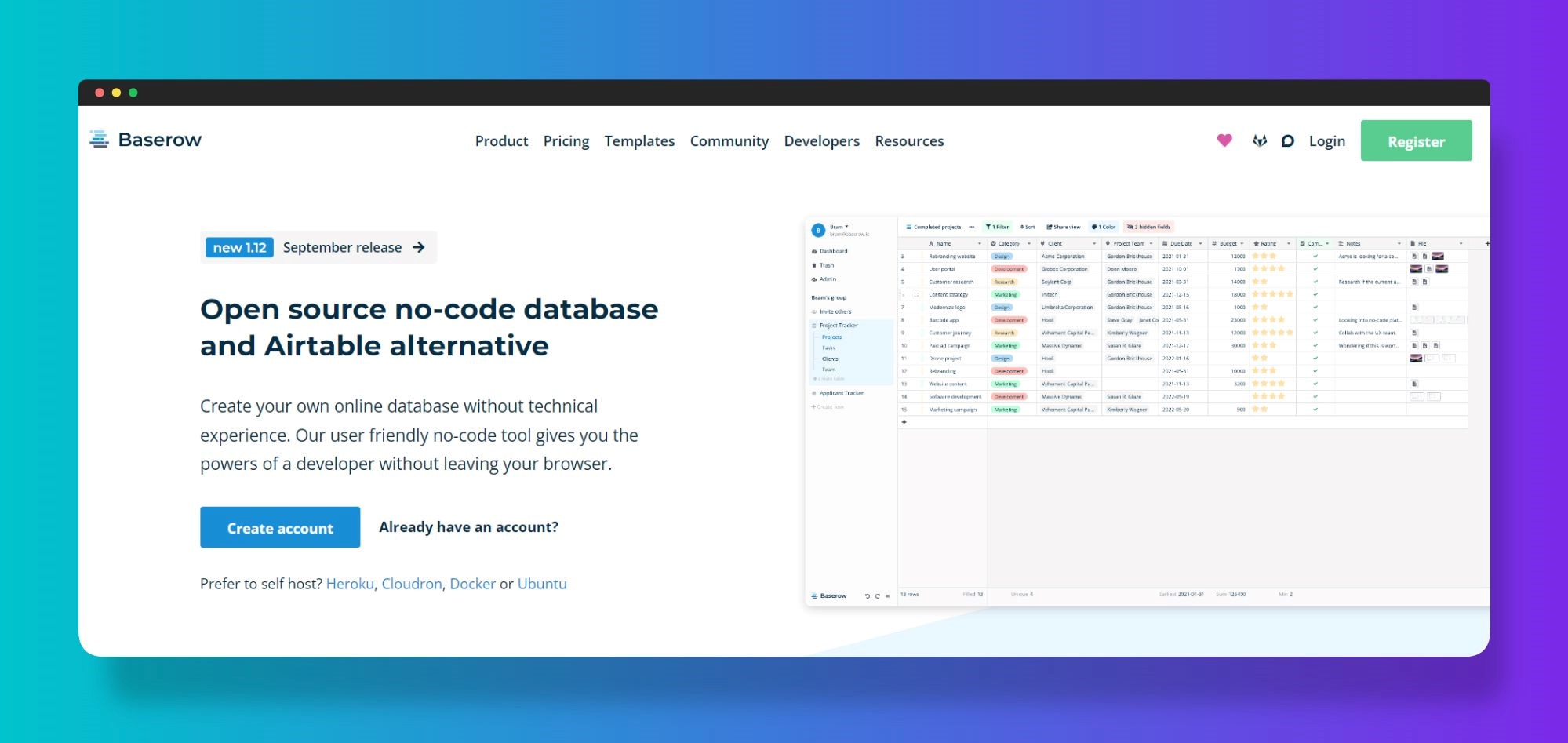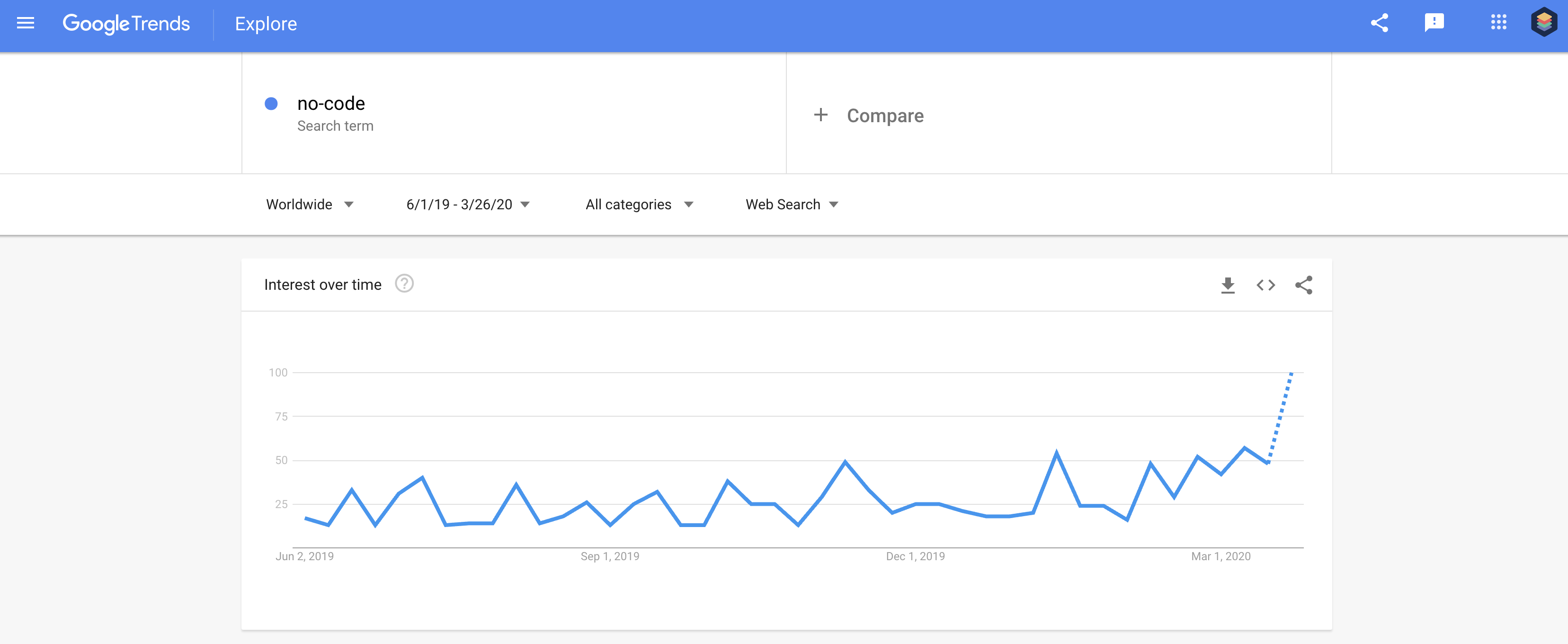Exactly How No-Code Equipment Simplify Open System Data Source Production for Everyone
Exactly How No-Code Equipment Simplify Open System Data Source Production for Everyone
Blog Article
Exploring the Advantages of Scalable Data Sources That Call For No Coding Skills for Efficient Data Management Solutions
The development of scalable data sources that eliminate the requirement for coding abilities provides a transformative chance for organizations seeking effective data monitoring services. By allowing non-technical customers to harness the power of data via user-friendly interfaces, these systems enhance access and foster partnership throughout diverse groups. Their cost-effectiveness and versatility to developing organization requirements can dramatically simplify functional procedures. As we consider the implications of such innovations, it comes to be vital to analyze exactly how they can improve the landscape of data monitoring and drive lasting development in a competitive environment.
Improved Accessibility for Customers
Boosted ease of access for customers is an essential aspect of scalable data sources, making sure that information administration systems are user-friendly and user-friendly. In an age where data-driven choices are paramount, availability enables a larger series of individuals, including those without considerable technological experience, to engage with data source systems efficiently. This democratization of information gain access to facilitates boosted collaboration throughout departments, equipping staff members to make and draw out insights informed decisions.
Easy to use user interfaces, such as drag-and-drop attributes and visual data representation, simplify complicated information interactions. These improvements decrease the knowing contour linked with traditional database monitoring, enabling users to concentrate on leveraging information instead of coming to grips with technical complexities. Scalable databases typically incorporate real-time analytics and customizable control panels, supplying individuals with prompt insights tailored to their particular requirements.

Cost-Effectiveness and Source Savings
Reliable information monitoring not only hinges on availability however also on cost-effectiveness and source financial savings. Scalable data sources made for individuals without coding abilities significantly lower financial problems generally linked with typical database monitoring systems. By eliminating the requirement for specialized programming knowledge, companies can assign their resources extra effectively, concentrating funds on core service tasks instead of comprehensive training or hiring proficient employees.
In addition, these data sources frequently utilize cloud-based options, which even more reduce expenses connected to equipment and maintenance. Organizations can scale their database options according to their needs, avoiding the costs incurred from over-provisioning sources. This versatility suggests businesses can adjust to transforming demands without sustaining unneeded prices, bring about considerable long-lasting cost savings.
Additionally, straightforward user interfaces improve data entry and administration processes, minimizing the moment invested in management tasks. This effectiveness converts into labor expense savings, enabling groups to focus on strategic efforts instead of regular upkeep. Overall, taking on scalable data sources that call for no coding skills fosters an extra cost-efficient method to data management, allowing companies to maximize their sources while maintaining high degrees of operational performance.
Improved Cooperation Throughout Teams

In addition, scalable data sources help with seamless interaction amongst team members. With easy to use interfaces that need no coding skills, workers can conveniently create, modify, and share reports or control panels customized to their certain requirements. This democratization of information encourages non-technical users to add understandings, improving the joint environment.
In addition, these databases support simultaneous accessibility, allowing several individuals to work on the same dataset simultaneously. This attribute enhances productivity, as teams can take part in joint data analysis without the risk of variation control concerns. The capability to leave comments or notes straight within the data source better advertises discussion and clarifies data analyses.
Streamlined Information Administration Processes
In today's data-driven atmosphere, organizations recognize the necessity of structured data management processes to optimize efficiency and precision. By leveraging scalable databases that need no coding skills, companies can i was reading this streamline their data handling and lower the complexities typically connected with conventional data source systems. This ease of access equips non-technical individuals to involve directly with data, promoting quicker decision-making and reducing reliance on specialized IT workers.
Structured information monitoring procedures improve process by automating routine jobs such as data entry, validation, and coverage. Automated information combination makes sure that details from different resources is aggregated seamlessly, getting rid of silos and promoting a linked view of important business metrics (no-code). User-friendly interfaces allow personnel to adjust data easily, enabling them to create insights that drive calculated campaigns without the demand for extensive training.
This efficiency not just accelerates operational processes yet also lessens the capacity for human error, making certain that data stays exact and trusted. Eventually, structured information management procedures via scalable databases lead to enhanced productivity, allowing companies to concentrate on core tasks while making sure that their information administration practices are efficient and effective.
Scalability for Expanding Services

For increasing enterprises, the capability Visit Your URL to scale up or down is essential. A scalable database can take care of an increase of information produced from brand-new consumers, items, or solutions, ensuring that business operations remain continuous. In addition, these databases offer the ability to take care of peak lots successfully, which is necessary during periods of rapid development or seasonal spikes.
In addition, several scalable data source remedies are created with straightforward user interfaces that call for no coding skills, empowering non-technical team to take care of data efficiently (no-code). This democratization of information monitoring permits organizations to allocate resources strategically and minimize dependency on specialized IT employees
Ultimately, taking on a scalable data source not just improves functional effectiveness however also fosters an environment where services can evolve and introduce without the constraints of standard data source systems. This flexibility positions browse this site companies for long-lasting success in today's affordable landscape.
Final Thought
In final thought, scalable data sources that require no coding abilities give significant benefits for effective data administration. These systems improve ease of access for non-technical customers, minimize operational expenses, and promote cooperation across groups. By improving information administration procedures and offering scalability for expanding organizations, such services enable companies to adapt to changing demands properly. Inevitably, the adoption of these user-friendly databases promotes development and settings organizations for long-term success in a dynamic environment.
Improved availability for individuals is a vital facet of scalable databases, making sure that data administration systems are straightforward and user-friendly.Easy to use interfaces, such as aesthetic information and drag-and-drop attributes representation, streamline intricate information interactions. Overall, taking on scalable data sources that call for no coding skills cultivates a much more affordable strategy to data management, allowing companies to maximize their resources while keeping high levels of operational performance.
By leveraging scalable databases that need no coding abilities, companies can simplify their data handling and minimize the complexities typically associated with typical data source systems - no-code.Structured data monitoring procedures boost process by automating routine tasks such as information entrance, recognition, and reporting
Report this page